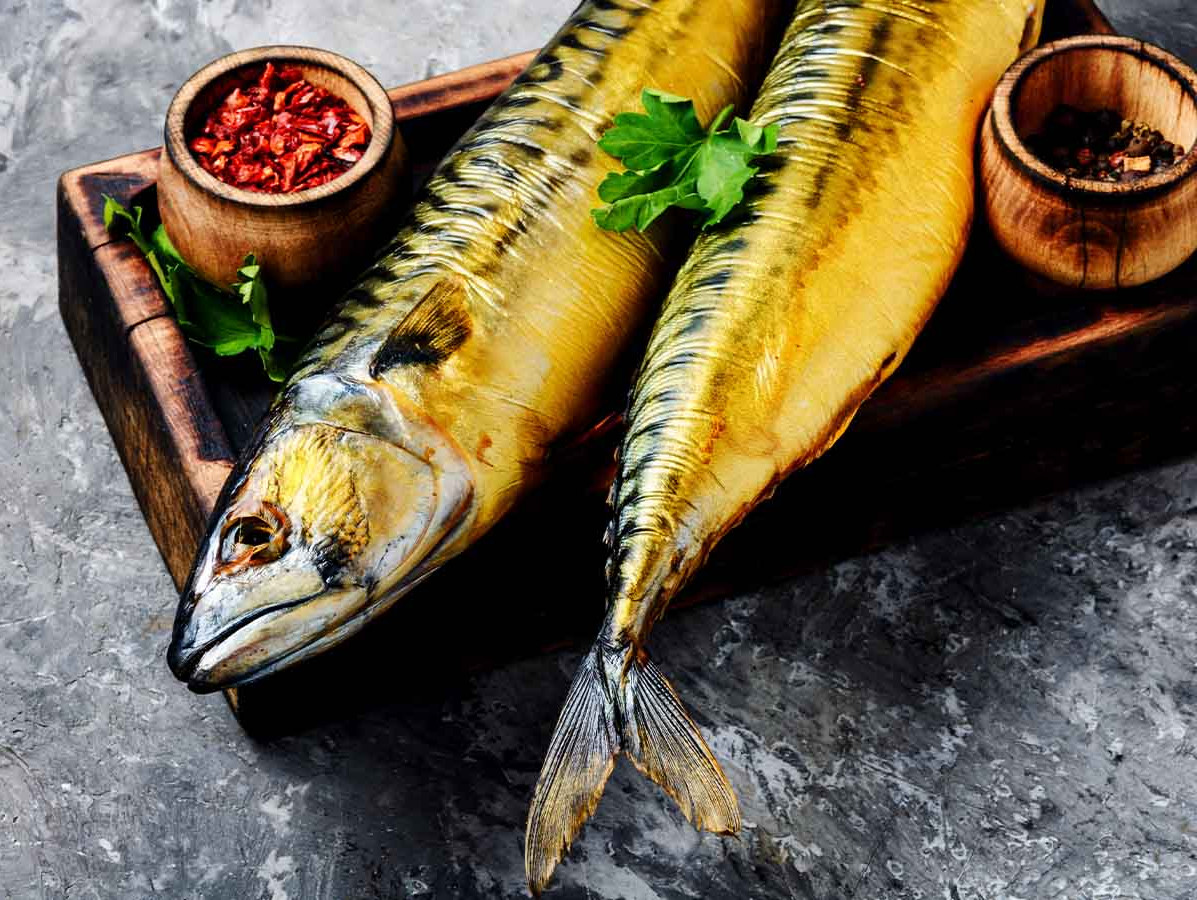
In the Netherlands, a country with a rich tradition in food processing, smoke has played a central role for centuries. From classic smoked salmon to more modern smoked tofu, the popularity of smoke endures. However, recent discussions on the health effects of smoke and smoke flavourings are putting the industry under scrutiny.
Originally, smoking was a method to prolong the shelf life of food, a practice that continues to this day. Modern methods include the use of smoke flavourings, created by burning wood chips in an oxygen-poor environment. This smoke condensate is then added to various food products, such as sauces and snacks. The variety in application is noteworthy, with liquid flavourings being sprayed onto sausages and powders mixed into dry products like chips.
Recent research, however, has raised questions about the safety of both traditional smoking methods and synthetic smoke flavourings. Traditional smoking produces PAHs, substances that are potentially carcinogenic. This has led to European regulations to protect public health. On the other hand, studies suggest that smoke flavourings can also contain genotoxic substances, despite being free of PAHs. Experts emphasize that these substances can damage DNA cells, with risks such as cancer and infertility. The European Commission is now even considering a ban on current smoke flavourings, although this will likely remain a topic of debate for some time. The food industry faces a challenge: maintaining flavour without compromising health.
Source: KRO-NCRV